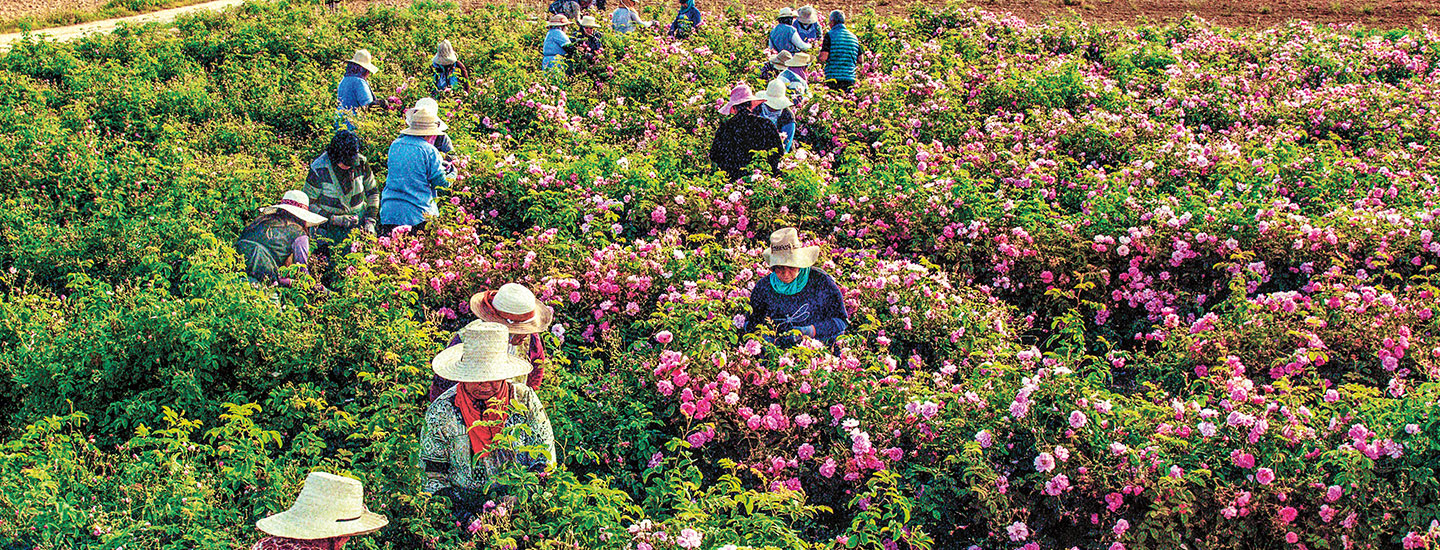Each 30-milliliter bottle of Chanel No. 5 contains the concentrated scent of about 12 roses, along with dozens of other ingredients. It takes two weeks to harvest the roses needed for the best-selling scent!
For thousands of years, people have tried to capture the smells of nature—like roses—and put them in a bottle. The easiest way to do this is to extract and collect fragrant oils that occur naturally in most plants, from roses to grass to oranges. “The oils you extract from nature are a complex mixture of maybe hundreds of molecules,” says Jen Bayline. She’s a chemist at Washington & Jefferson College in Pennsylvania. “Together, they create a rich and complex fragrance,” she adds (see From Rose to Perfume).
But these natural oils can be expensive to collect. Perfumes that use natural oils, like Chanel No. 5, have a steep price tag. Many perfumers turn to cheaper synthetic scents, composed of lab-made molecules, to create budget-friendly perfumes. Making a synthetic scent requires chemists to first identify the hundreds of molecules responsible for a particular natural smell so that they can re-create them.
Chanel No. 5 is one of the world’s most famous perfumes. Each small bottle contains the scent of about 12 roses. It takes two weeks to harvest the flowers for the best-selling fragrance. Their scent is concentrated and mixed with dozens of other ingredients.
For thousands of years, people have tried to capture the smells of nature in perfumes. The easiest way to do this is to extract the fragrant oils that occur naturally in most plants. Everything from roses to grass to oranges has these scented substances. "The oils you extract from nature are a complex mixture of maybe hundreds of molecules," says Jen Bayline. She's a chemist at Washington & Jefferson College in Pennsylvania. "Together, they create a rich and complex fragrance," she adds.
But these natural oils can be expensive to collect. Perfumes that use natural oils, like Chanel No. 5, are expensive too. Many companies make more affordable perfumes by using synthetic scents. These substances are created in a lab to mimic natural fragrances. To make them, chemists first need to identify the hundreds of molecules responsible for a particular natural smell.

